Aubrey de Grey - Ending Aging: The Rejuvenation Breakthroughs That Could Reverse Human Aging in Our Lifetime
Here you can read online Aubrey de Grey - Ending Aging: The Rejuvenation Breakthroughs That Could Reverse Human Aging in Our Lifetime full text of the book (entire story) in english for free. Download pdf and epub, get meaning, cover and reviews about this ebook. year: 2007, publisher: St. Martins Press, genre: Romance novel. Description of the work, (preface) as well as reviews are available. Best literature library LitArk.com created for fans of good reading and offers a wide selection of genres:
Romance novel
Science fiction
Adventure
Detective
Science
History
Home and family
Prose
Art
Politics
Computer
Non-fiction
Religion
Business
Children
Humor
Choose a favorite category and find really read worthwhile books. Enjoy immersion in the world of imagination, feel the emotions of the characters or learn something new for yourself, make an fascinating discovery.
- Book:Ending Aging: The Rejuvenation Breakthroughs That Could Reverse Human Aging in Our Lifetime
- Author:
- Publisher:St. Martins Press
- Genre:
- Year:2007
- Rating:3 / 5
- Favourites:Add to favourites
- Your mark:
Ending Aging: The Rejuvenation Breakthroughs That Could Reverse Human Aging in Our Lifetime: summary, description and annotation
We offer to read an annotation, description, summary or preface (depends on what the author of the book "Ending Aging: The Rejuvenation Breakthroughs That Could Reverse Human Aging in Our Lifetime" wrote himself). If you haven't found the necessary information about the book — write in the comments, we will try to find it.
A long life in a healthy, vigorous, youthful body has always been one of humanitys greatest dreams. Recent progress in genetic manipulations and calorie-restricted diets in laboratory animals hold forth the promise that someday science will enable us to exert total control over our own biological aging.
Nearly all scientists who study the biology of aging agree that we will someday be able to substantially slow down the aging process, extending our productive, youthful lives. Dr. Aubrey de Grey is perhaps the most bullish of all such researchers. As has been reported in media outlets ranging from 60 Minutes to The New York Times, Dr. de Grey believes that the key biomedical technology required to eliminate aging-derived debilitation and death entirely--technology that would not only slow but periodically reverse age-related physiological decay, leaving us biologically young into an indefinite future--is now within reach.
In Ending Aging, Dr. de Grey and his research assistant Michael Rae describe the details of this biotechnology. They explain that the aging of the human body, just like the aging of man-made machines, results from an accumulation of various types of damage. As with man-made machines, this damage can periodically be repaired, leading to indefinite extension of the machines fully functional lifetime, just as is routinely done with classic cars. We already know what types of damage accumulate in the human body, and we are moving rapidly toward the comprehensive development of technologies to remove that damage. By demystifying aging and its postponement for the nonspecialist reader, de Grey and Rae systematically dismantle the fatalist presumption that aging will forever defeat the efforts of medical science.
Aubrey de Grey: author's other books
Who wrote Ending Aging: The Rejuvenation Breakthroughs That Could Reverse Human Aging in Our Lifetime? Find out the surname, the name of the author of the book and a list of all author's works by series.

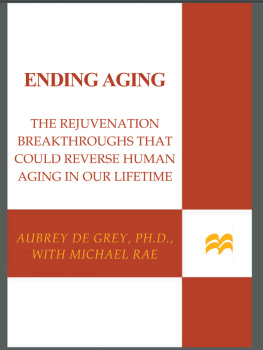

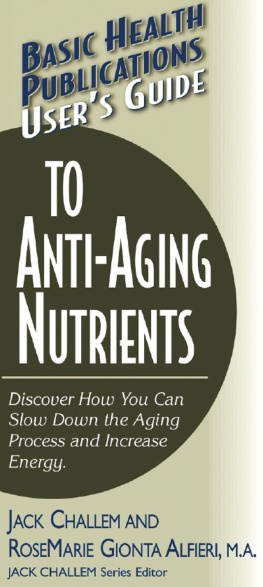
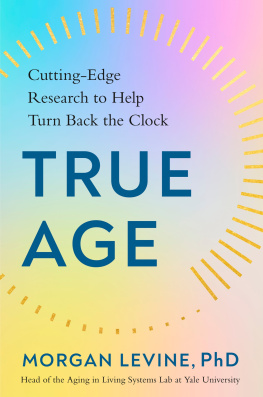

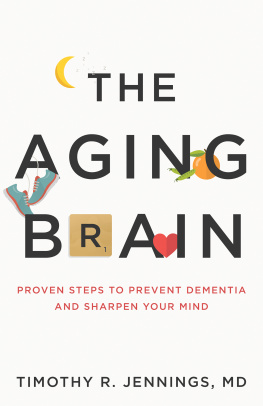
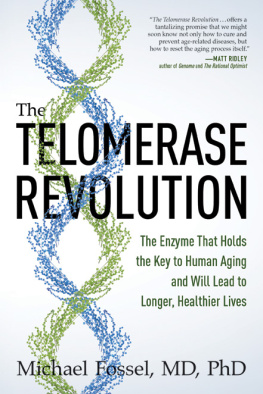
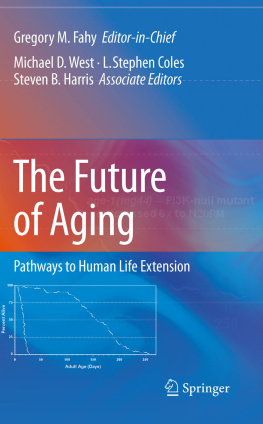
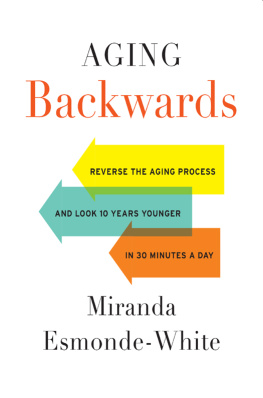



 The biomedical revolution described in this book is still some way offat least a few decades, maybe more. Why, you may then ask, should you concern yourself with it now?
The biomedical revolution described in this book is still some way offat least a few decades, maybe more. Why, you may then ask, should you concern yourself with it now?
